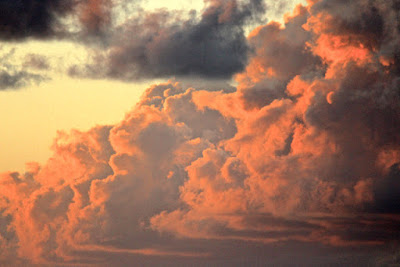 |
| Carmen and Bernie |
Today in exchange for driving expenses, our host Bernie and her friend Carmen, are taking us to the Chilean coast. We leave Santiago about 9:30 and drive to San Antonio, a large seaport for both cargo ships and fisherman.
The day is grey and overcast. It is cool and it reminds us of an industrialized Half Moon Bay.
The smell of sea and fresh fish fill our heads. Fisherman sell their catch in stalls, and locals line the pier waiting for the catch right off the boats.
We walk along the promenade and are fascinated by the huge dog faced sea lions. They look so different than the ones we see in northern California, and they have manes like real lions.
The smell of sea and fresh fish fill our heads. Fisherman sell their catch in stalls, and locals line the pier waiting for the catch right off the boats.
We walk along the promenade and are fascinated by the huge dog faced sea lions. They look so different than the ones we see in northern California, and they have manes like real lions.
We weave our way through small towns along the coast, none looking very prosperous as if their glory days have long past and now look worn, tattered by the sea and neglect, and covered with graffiti. The coast line is rocky. The overcast does not burn off and we miss what we are told a beautiful blue sea. Today it is steel grey and uninviting. The temperature is in the low seventies, coolish, and comfortable.
Bernie is taking us to Pablo Neruda, Chilean Noble Literature Laureate and Political figure, sea home in Isle de Negra. The home is a sprawling one and two story structure strung out along the coast line. One side of every room faces the sea and the spectacular coast line, not unlike that which one sees in Carmel and, the other the natural flora behind. Many of the rooms are glass on both sides.
Neruda was a collector of shells, ships figureheads, books, telescopes, and nautical artifacts. He had worked hard to maintain his childhood whimsy and curiosity in his adult life. The visit was well worth the drive to the coast.
After this visit we search for a restaurant up the coast that Bernie enjoyed a couple of years ago when she was last here. It is a seafood restaurant on the beach. It is fall here now and the beach is quiet. Only a few people are walking along the golden sand. The restaurant will close for the season after March. We order our meals. Russ orders a fried white fish topped with almonds and shrimp. I have an excellent salad with smoked salmon and shrimp.
The sun, the sky, the sea, make me drowsy, and I nap a bit on the way to the wine country, the Casablanca Valley. We make two stops at the Vinamar
and Vina Indomita,
but are too late at both for tours. White wines are specialty in the Casablanca valley. We have time for a few photos before we leave and return to Santiago. It is almost 6:00 pm. The value added tax in Chile makes the wine very expensive. We are told that it is cheaper to buy the wines in the US.
and Vina Indomita,
but are too late at both for tours. White wines are specialty in the Casablanca valley. We have time for a few photos before we leave and return to Santiago. It is almost 6:00 pm. The value added tax in Chile makes the wine very expensive. We are told that it is cheaper to buy the wines in the US.
 |
| Another new and wonderful friend, Bernie (Decochic) from Santiago, Chile |
We return to Santiago about 7:30, and enjoy a light meal with Bernie, before packing and retiring for the night. We have had a wonderful stay here with our host. This was the perfect balance of homestay accommodation and friendship. We have been very impressed with Chile. Santiago is by far is the cleanest and most forward city in South America so far. Tomorrow we leave for the last leg of our trip, Peru and the Galapagos Islands.
All is Well with the Worrall Travel Rs, Our last Night in Chile.





























































